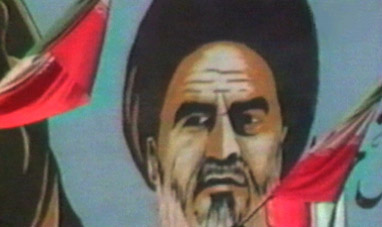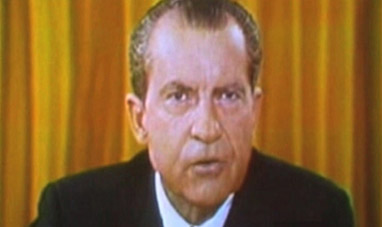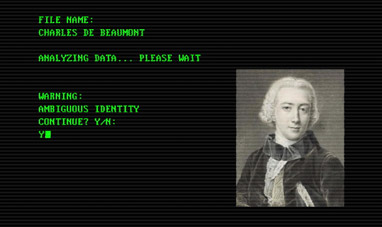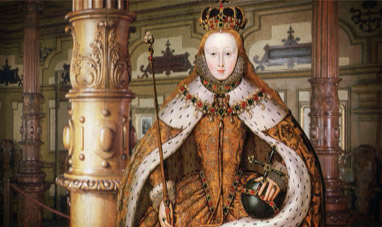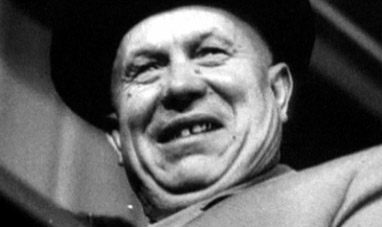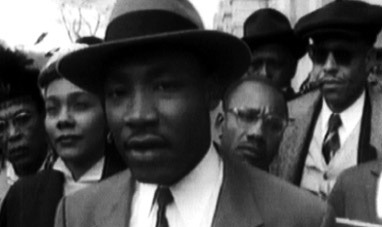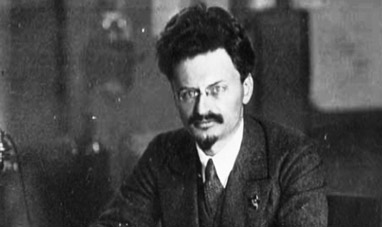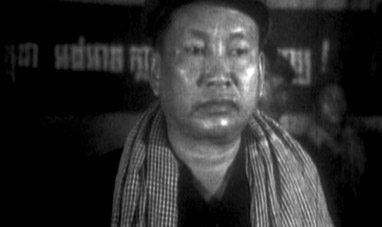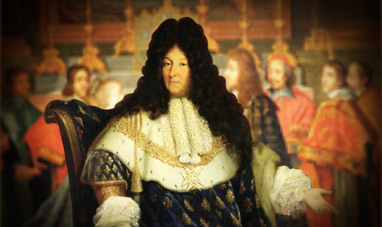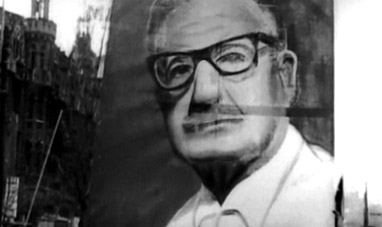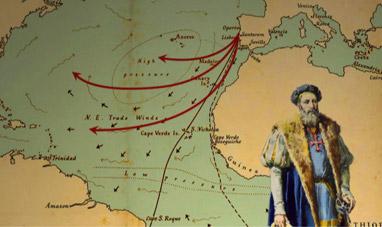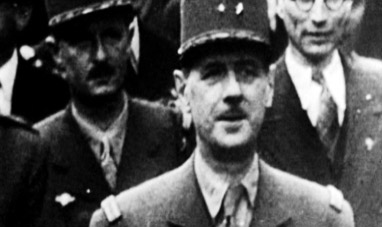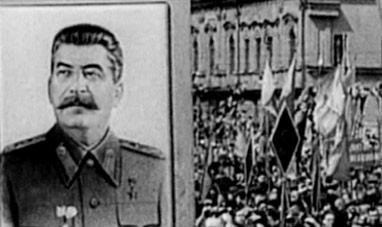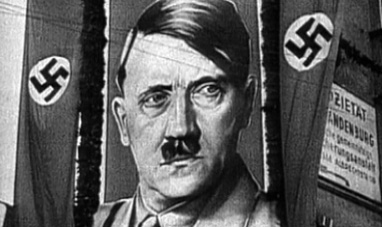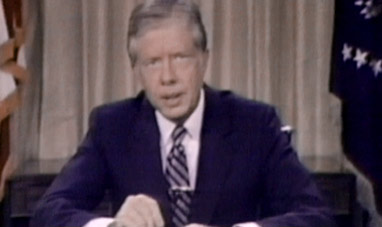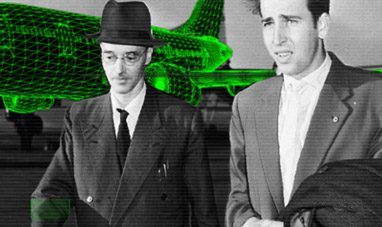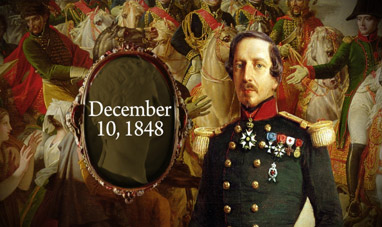Reinhard Gehlen organized West Germany’s spy network. Under his leadership, which lasted until 1968, it became one of the most important intelligence services active during the Cold War. He was nicknamed the “faceless man” thanks to his unique abilities as a secret agent. Gehlen was born on April 3, 1902 in Erfurt, in Germany. He entered the German army in 1920. He advanced rapidly, becoming a lieutenant colonel. World War Two was underway, and the Nazi command put him in charge of their secret services on the Soviet front. When he foresaw the imminent defeat of the Third Reich in 1945, Gehlen surrendered to American forces. As part of an agreement over his own safety, he gave 52 boxes containing precious information about the Soviet Union to the United States. Historians believe that he also exploited his bargaining position to facilitate the escape of leading SS members into South America.
Shortly after the end of World War Two, the United States and the Soviet Union entered into the Cold War, a political and ideological conflict that would divide the world for the next 50 years. The two superpowers split Germany between them. The Soviets took over East Germany. The US and its allies led the western part of the country. Germany became a new battlefield in the superpowers’ undeclared conflict. The US made use of Gehlen’s knowledge of the Soviet world, sending the former Nazi official to the southwestern German city of Munich. He recruited thousand of spies, including many former members of the Nazi secret police, known as the Gestapo. The new group, called the Gehlen Organization, constituted a formidable force through which to spy on the Soviet bloc. In 1956, the United States gave its ally West Germany control of intelligence in the region. Gehlen became head of Germany’s secret service. He counted his method of communicating with collaborators among his most important achievements in the spying world. He forbade agents from directly contacting each other, ordering them to exchange information through a network of post boxes instead. He also invented the Berlin Tunnel, an underground station for intercepting communications between the Soviet Union and East Germany.
In 1961, it became clear that one of his closest collaborators, Heinz Felfe, was an undercover agent. Felfe had been working for the Soviet secret service, known as the KGB, for ten years. The revelation came as a complete humiliation. Gehlen lost his credibility and left the secret service in 1968 after a long decline. He died in Berg in West Germany on June 8, 1979, under mysterious circumstances. He was 77. The collaboration between Gehlen and the American intelligence agencies was a secret for more than 50 years. Their work became public through the Nazi War Crimes Disclosure Act in 1998, enacted by US President Bill Clinton.
Shortly after the end of World War Two, the United States and the Soviet Union entered into the Cold War, a political and ideological conflict that would divide the world for the next 50 years. The two superpowers split Germany between them. The Soviets took over East Germany. The US and its allies led the western part of the country. Germany became a new battlefield in the superpowers’ undeclared conflict. The US made use of Gehlen’s knowledge of the Soviet world, sending the former Nazi official to the southwestern German city of Munich. He recruited thousand of spies, including many former members of the Nazi secret police, known as the Gestapo. The new group, called the Gehlen Organization, constituted a formidable force through which to spy on the Soviet bloc. In 1956, the United States gave its ally West Germany control of intelligence in the region. Gehlen became head of Germany’s secret service. He counted his method of communicating with collaborators among his most important achievements in the spying world. He forbade agents from directly contacting each other, ordering them to exchange information through a network of post boxes instead. He also invented the Berlin Tunnel, an underground station for intercepting communications between the Soviet Union and East Germany.
In 1961, it became clear that one of his closest collaborators, Heinz Felfe, was an undercover agent. Felfe had been working for the Soviet secret service, known as the KGB, for ten years. The revelation came as a complete humiliation. Gehlen lost his credibility and left the secret service in 1968 after a long decline. He died in Berg in West Germany on June 8, 1979, under mysterious circumstances. He was 77. The collaboration between Gehlen and the American intelligence agencies was a secret for more than 50 years. Their work became public through the Nazi War Crimes Disclosure Act in 1998, enacted by US President Bill Clinton.



